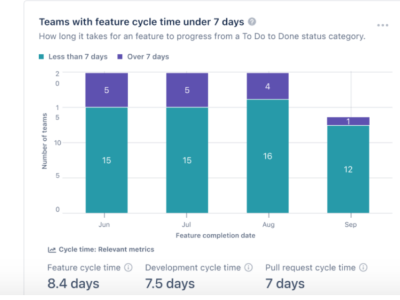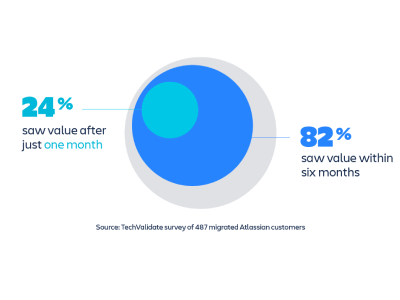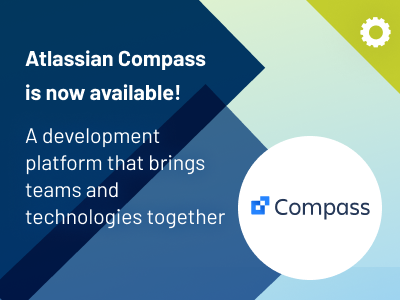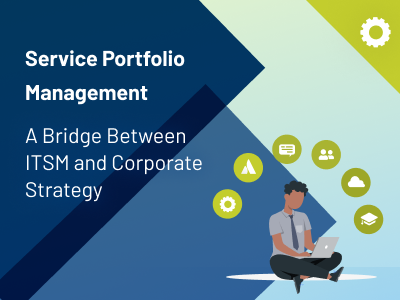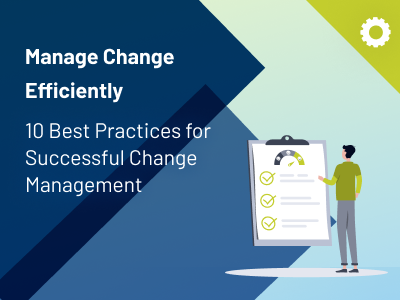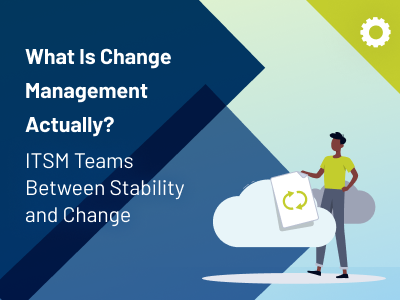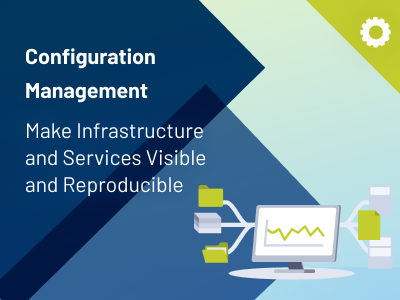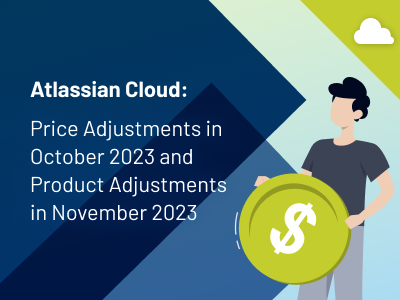What are we working on as a company in the long term? Does this create customer value? How should we allocate our resources in terms of our priorities? What blockers, dependencies and risks could threaten our strategic outcomes? Technical managers should be able to answer these questions at any given time. However, this is not as easy as it sounds, especially in large organisations. Jira Align with the new value stream management features can provide valuable services here.
Jira Align and the new Value Stream Management
